When The Designer’s Pencil, A Rotary Oddball, and A Turbo Tango Collided in Hiroshima
They say legends are born, not built. But the 1992 Mazda RX‑7 FD? It was painstakingly crafted. Coaxed into shape by designer Yoichi Satō, the same man behind the NA Miata, and sculpted to perfection by Wu‑Huang Chin, whose approach to form was part science, part poetry. The car wasn’t just drawn—it was shaped, each curve fussed over until it sliced the wind like a samurai blade wrapped in velvet.


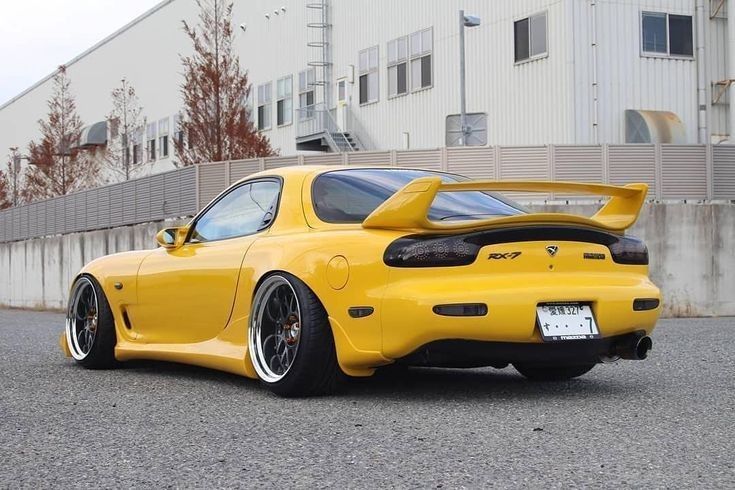
At the engineering helm was Takaharu “Koby” Kobayakawa, who worked under rotary grandmaster Kenichi Yamamoto, the godfather of Mazda’s Wankel obsession. These weren’t just mechanics—they were zealots. Inside the FD’s nose lay the 13B‑REW engine, the world’s first mass‑produced sequential twin‑turbo rotary. It was a piece of mechanical witchcraft. At low revs, the primary turbo spools silently, whispering you forward. Then, at around 4,500 rpm, the second turbo kicks in, and all hell politely breaks loose. Smooth, seamless, slightly deranged.

But numbers don’t tell the whole story. This car didn’t win hearts with horsepower—though 255 metric horses at the time weren’t to be sneezed at. No, it won because of the way it felt. The chassis was balanced like a samurai sword on a fingertip. Steering that spoke like a Shakespearean actor. Suspension that absorbed bumps without ever losing its composure. It was, dare I say, polite and feral.
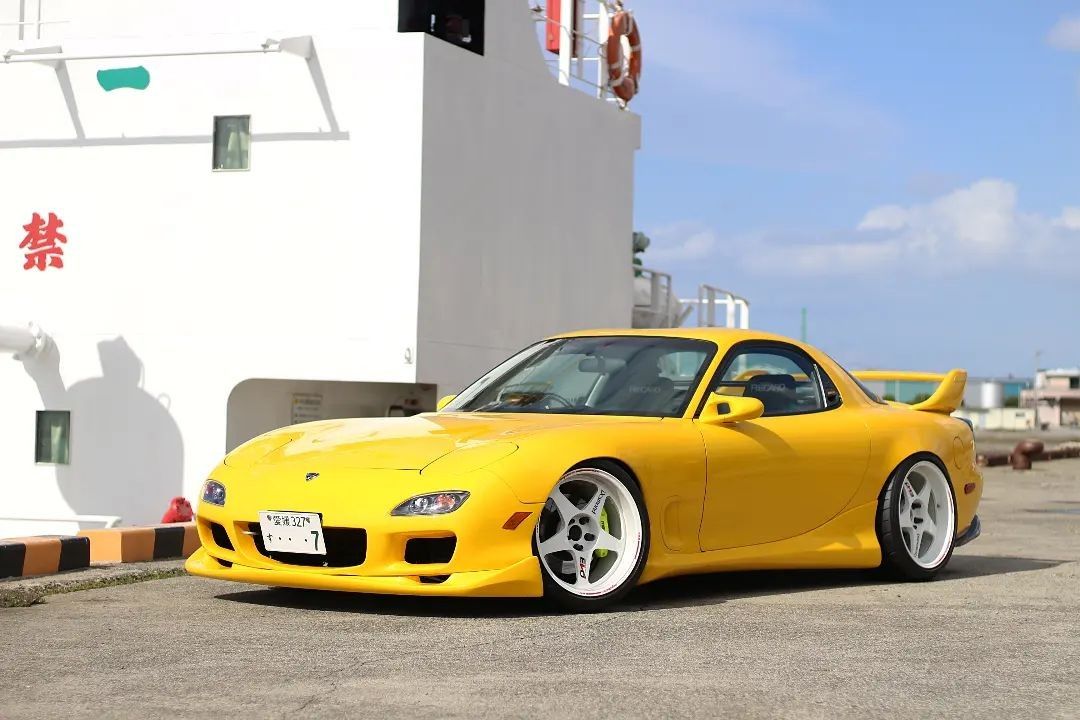
And that lightness. At just 1,280 kilograms, the RX‑7 FD floated like a butterfly, then dive‑bombed corners like a raptor. On mountain roads, it was the darling of touge racers. On track days, it out-danced its European rivals. And in the hands of legends like Juichi Wakisaka, Nobuteru Taniguchi, and Keiichi Tsuchiya, it became synonymous with grip, poise, and that signature high‑pitched wail.
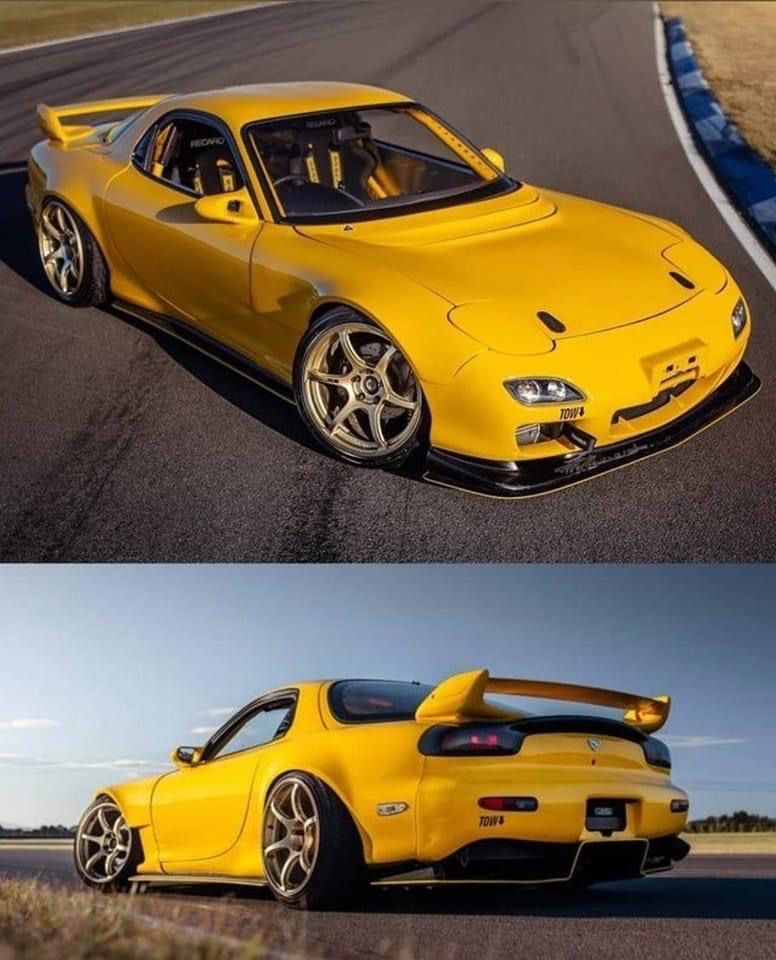
Culturally? This thing was a hero. In Japan, it was the everyman exotic, a Ferrari‑beater for the manga generation. It starred in “Initial D”, got modded into oblivion in “Fast & Furious”, and became the tuning canvas for legends like RE Amemiya, VeilSide, and R Magic. Even in stock form, it was a gem. But most owners couldn’t resist tweaking it—boost up, widebody kits on, and apex seals... often obliterated.

Which brings us to its dual identity: as a masterpiece and a ticking time bomb. Yes, the rotary engine is sensitive. It’s like a thoroughbred horse—misfeed it, and it’ll cough. Don’t warm it up, and it’ll die dramatically. But treat it right, and it’ll sing for you in a language no piston engine knows.
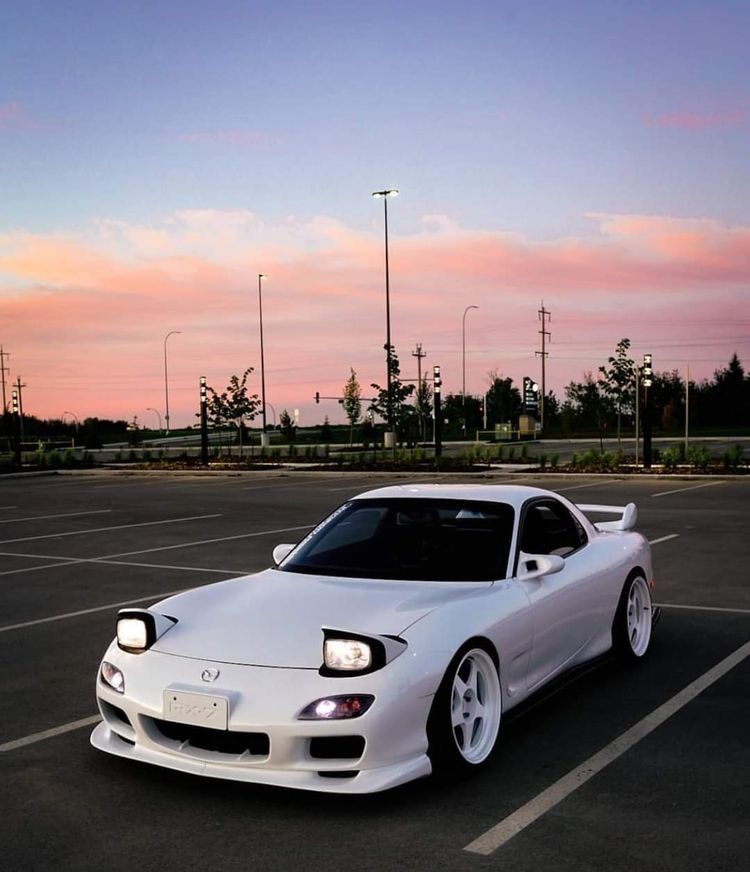
Now, collectors are waking up. Clean, unmodified FDs are rarer than an honest politician. Prices have soared—from under $15,000 a decade ago to over $30,000 today for stock, well-maintained examples. Some rare variants like the Type RZ or Spirit R now fetch over $70,000. It’s no longer just a tuner car—it’s a blue‑chip JDM investment.
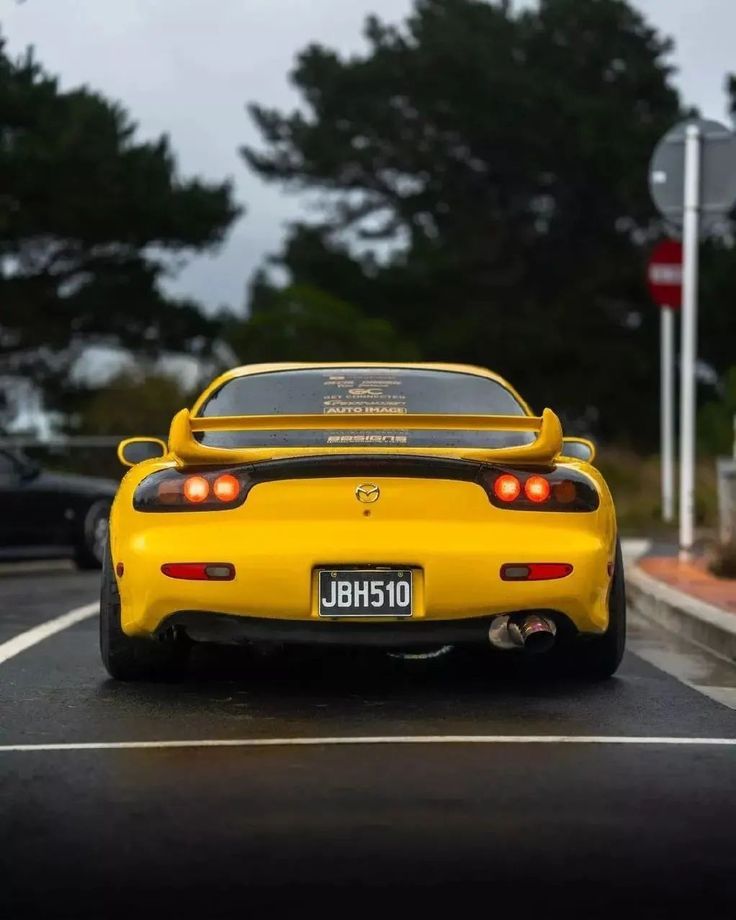
The RX-7 FD was Mazda's final romantic waltz with the rotary before reality came knocking. But what a waltz it was—designed by artists, engineered by zealots, and driven by the passionate.

-